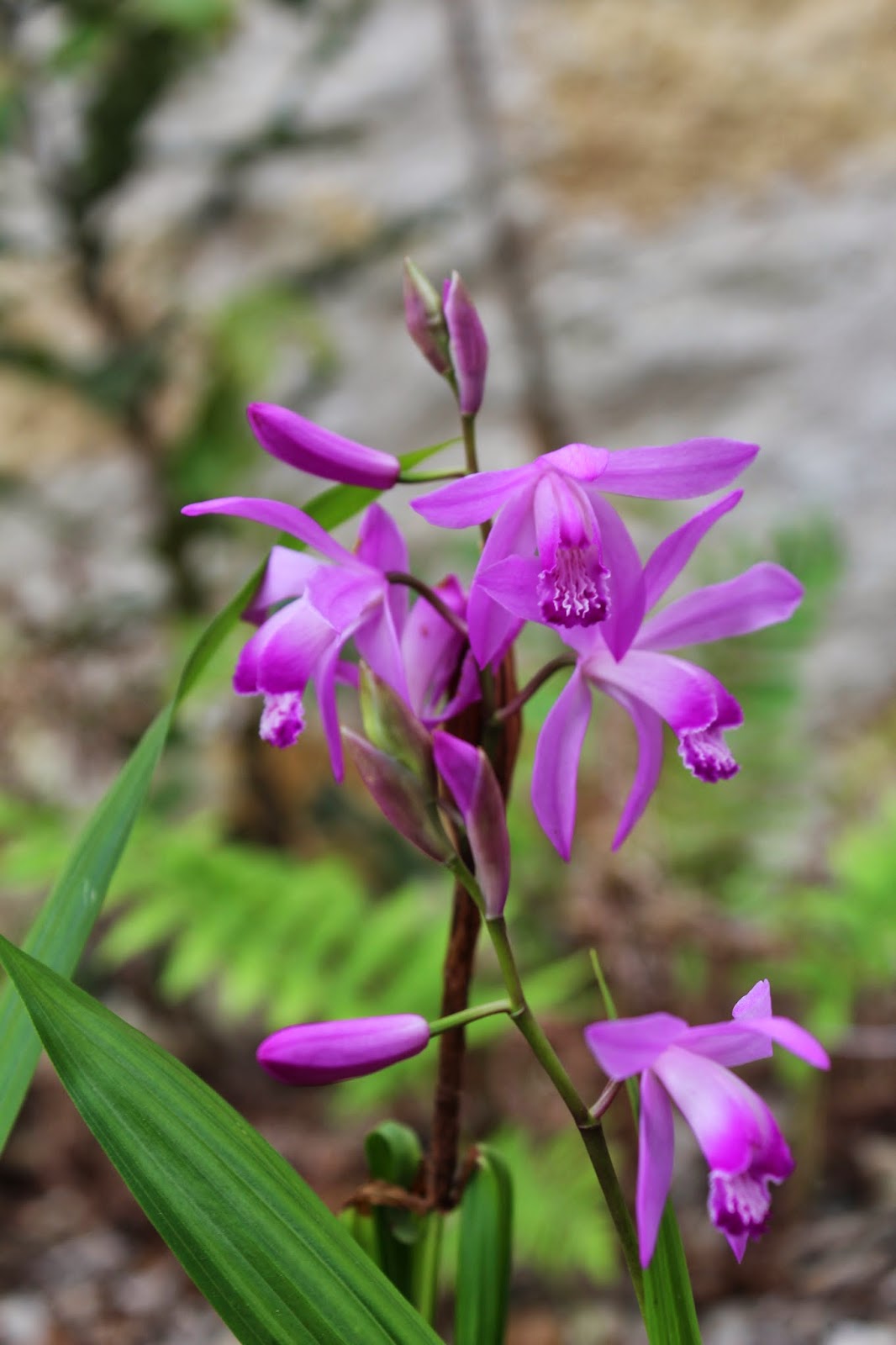Eagerly awaiting surviving bletillas in my garden …
When we had the icy freeze last week, one of the things that panicked me was the potential damage to the emerging bletilla striata, or ground orchids.
I bought them several years ago after falling in love with them in my dear, departed friend Eleanor’s garden.
The three plants each put up one bloom the first two years. Last year I had about two blooms each. But this year, I’d already seen about 10 stalks peeking out of the ground – waiting to wow me with fabulous blooms.
And even though most of the newbies were burned in the freeze like this one in the foreground – take a peek behind it at that newer, smaller lime green shoot.
Thank goodness. I think covering the plants with a blanket that miserable night probably helped those that were just at the surface, even though the taller ones didn’t survive.
It’s amazing what Mother Nature can do — both good and bad.
Now I am eagerly awaiting some of these blooms in the garden. And I know that I will appreciate them even more this year.


















